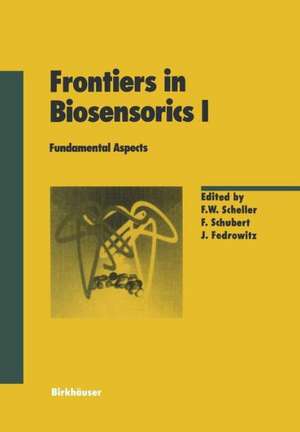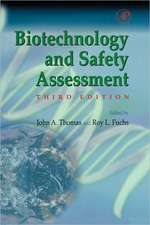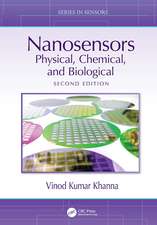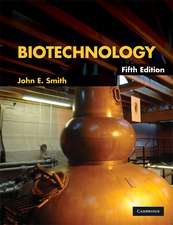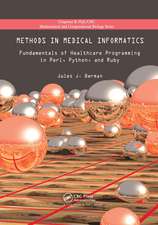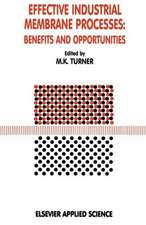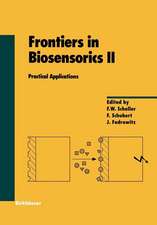Frontiers in Biosensorics I: Fundamental Aspects: Experientia Supplementum, cartea 80
Editat de F.W. Scheller, F. Schubert, J. Fedrowitzen Limba Engleză Paperback – 15 sep 2011
Din seria Experientia Supplementum
- 5%
 Preț: 1343.50 lei
Preț: 1343.50 lei - 5%
 Preț: 984.91 lei
Preț: 984.91 lei -
 Preț: 330.76 lei
Preț: 330.76 lei -
 Preț: 282.83 lei
Preț: 282.83 lei -
 Preț: 302.84 lei
Preț: 302.84 lei -
 Preț: 192.21 lei
Preț: 192.21 lei - 5%
 Preț: 369.45 lei
Preț: 369.45 lei - 5%
 Preț: 382.62 lei
Preț: 382.62 lei - 15%
 Preț: 644.18 lei
Preț: 644.18 lei - 18%
 Preț: 944.51 lei
Preț: 944.51 lei - 18%
 Preț: 944.51 lei
Preț: 944.51 lei - 5%
 Preț: 715.55 lei
Preț: 715.55 lei - 15%
 Preț: 647.40 lei
Preț: 647.40 lei - 15%
 Preț: 646.94 lei
Preț: 646.94 lei - 5%
 Preț: 1430.00 lei
Preț: 1430.00 lei - 5%
 Preț: 1107.58 lei
Preț: 1107.58 lei - 5%
 Preț: 1048.73 lei
Preț: 1048.73 lei - 5%
 Preț: 902.80 lei
Preț: 902.80 lei - 5%
 Preț: 1294.47 lei
Preț: 1294.47 lei - 5%
 Preț: 1287.38 lei
Preț: 1287.38 lei - 18%
 Preț: 950.66 lei
Preț: 950.66 lei -
 Preț: 343.59 lei
Preț: 343.59 lei -
 Preț: 401.24 lei
Preț: 401.24 lei - 15%
 Preț: 666.24 lei
Preț: 666.24 lei -
 Preț: 344.36 lei
Preț: 344.36 lei -
 Preț: 383.33 lei
Preț: 383.33 lei -
 Preț: 503.74 lei
Preț: 503.74 lei -
 Preț: 388.52 lei
Preț: 388.52 lei - 15%
 Preț: 471.53 lei
Preț: 471.53 lei -
 Preț: 432.81 lei
Preț: 432.81 lei - 15%
 Preț: 480.09 lei
Preț: 480.09 lei -
 Preț: 400.47 lei
Preț: 400.47 lei -
 Preț: 377.18 lei
Preț: 377.18 lei -
 Preț: 481.58 lei
Preț: 481.58 lei - 18%
 Preț: 949.23 lei
Preț: 949.23 lei - 15%
 Preț: 505.96 lei
Preț: 505.96 lei -
 Preț: 381.43 lei
Preț: 381.43 lei -
 Preț: 390.08 lei
Preț: 390.08 lei -
 Preț: 463.41 lei
Preț: 463.41 lei -
 Preț: 424.22 lei
Preț: 424.22 lei -
 Preț: 467.43 lei
Preț: 467.43 lei -
 Preț: 381.21 lei
Preț: 381.21 lei
Preț: 390.84 lei
Nou
Puncte Express: 586
Preț estimativ în valută:
74.78€ • 78.09$ • 61.76£
74.78€ • 78.09$ • 61.76£
Carte tipărită la comandă
Livrare economică 15-29 aprilie
Preluare comenzi: 021 569.72.76
Specificații
ISBN-13: 9783034898836
ISBN-10: 3034898835
Pagini: 300
Ilustrații: VI, 290 p.
Dimensiuni: 170 x 244 x 16 mm
Greutate: 0.48 kg
Ediția:1997
Editura: Birkhäuser Basel
Colecția Birkhäuser
Seria Experientia Supplementum
Locul publicării:Basel, Switzerland
ISBN-10: 3034898835
Pagini: 300
Ilustrații: VI, 290 p.
Dimensiuni: 170 x 244 x 16 mm
Greutate: 0.48 kg
Ediția:1997
Editura: Birkhäuser Basel
Colecția Birkhäuser
Seria Experientia Supplementum
Locul publicării:Basel, Switzerland
Public țintă
ResearchCuprins
Present state and frontiers in biosensorics.- New recognition elements.- Imprinting techniques in synthetic polymers — new options for chemosensors.- Biomimetic recognition elements for sensor applications.- Screening and characterization of new enzymes for biosensing and analytics.- Phenol-oxidizing enzymes: mechanisms and applications in biosensors.- Enzymes and antibodies in organic media: analytical applications.- Nucleic acid based sensors.- Receptor based chemical sensing.- Genetically modified Escherichia coli for colorimetric detection of inorganic and organic Hg compounds.- Thin layers/Interfaces.- Studies on pyroelectric response of polymers modified with azobenzene moieties.- Polyelectrolyte layer systems.- Förster energy transfer in ultrathin polymer layers as a basis for biosensors.- Coupling of enzyme reactions to the charge transfer at the interface of two immiscible solvents.- Electrochemistry of heme proteins on organic molecule modified electrodes.- Electron transfer via redox hydrogels between electrodes and enzymes.- Direct redox communication between enzymes and electrodes.- Microbiosensors using electrodes made in Si-technology.
